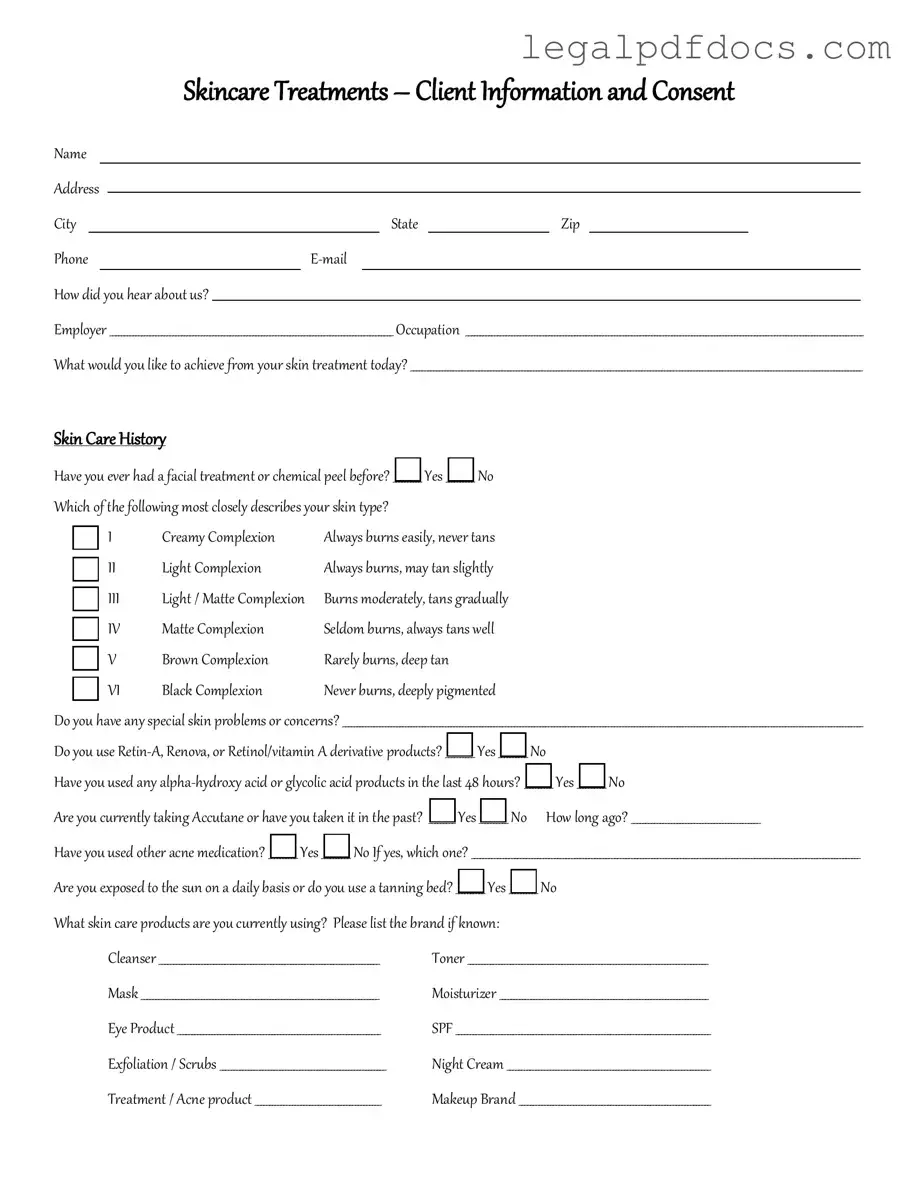Fill Out a Valid Facial Consent Template
The Facial Consent form is a document designed to ensure that individuals provide informed consent before undergoing facial treatments or procedures. This form outlines the potential risks, benefits, and alternatives associated with the treatment, allowing clients to make educated decisions regarding their care. It is essential for both practitioners and clients to have a clear understanding of the procedure, so consider filling out the form by clicking the button below.
Open Facial Consent Editor Here
